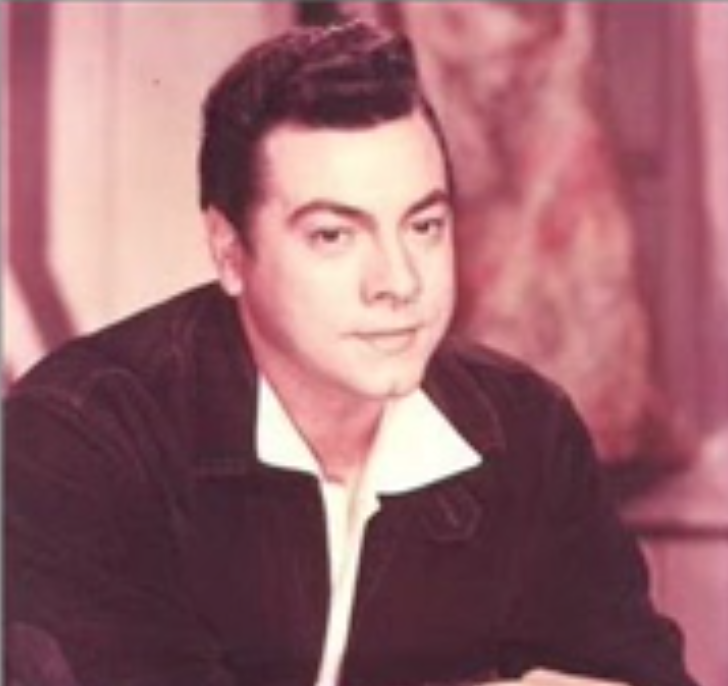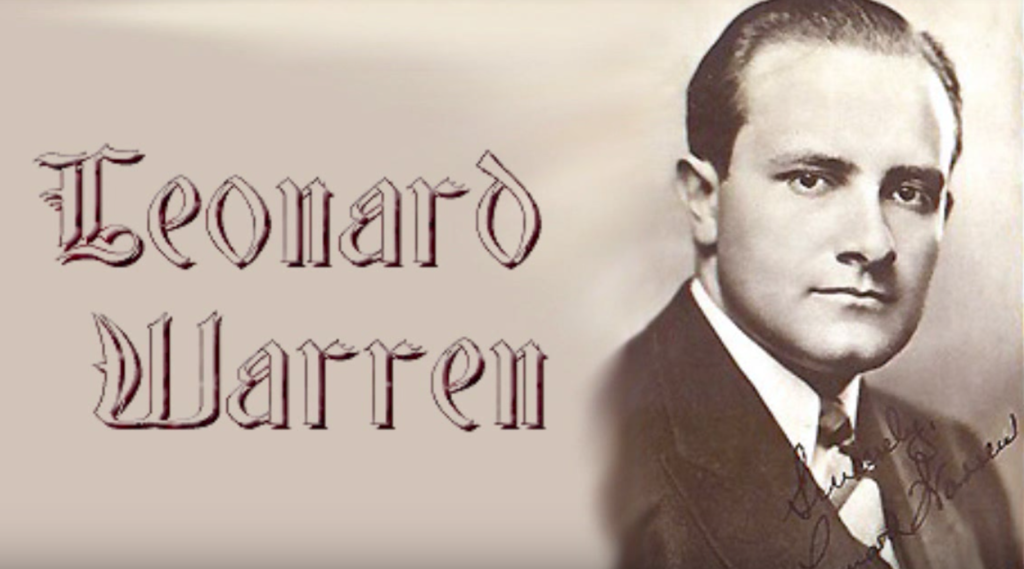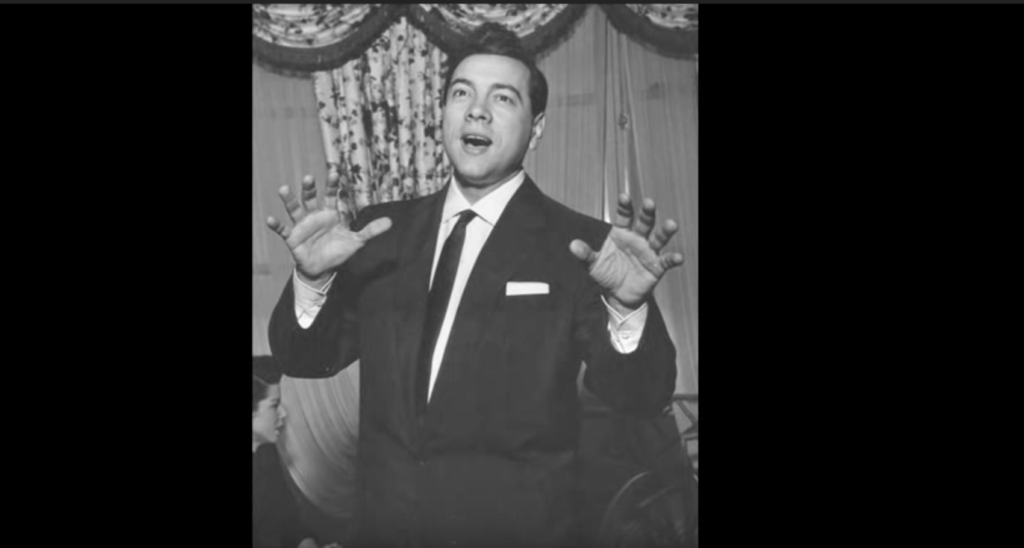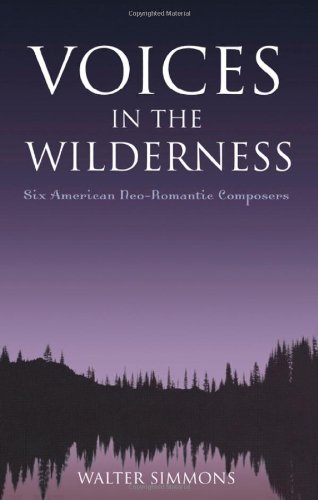Audio
Track:
About
Vittorio Giannini was born on October 19, 1903 into a family of professional musicians in Philadelphia’s vibrant Italian immigrant community. His father Ferruccio was a successful tenor, and his mother Antonetta a violinist with whom he took his first music lessons. His older sister Euphemia became a professor of voice and diction at the Curtis Institute in Philadelphia, while the younger Dusolina was one of the fabled divas of the 1930’s and 40’s. Only his brother Francesco, a promising cellist, abandoned his musical career, to become a psychiatrist.
Giannini began learning the violin at an early age and soon won a scholarship to attend the Milan Conservatory (1913-17). He entered the Juilliard School in 1925, studying violin with Hans Letz and composition with Rubin Goldmark. In 1932 he won the first of three consecutive Prix de Rome. Major European premieres during the 1930s (Lucedia, The Scarlet Letter, Requiem) were critical and popular triumphs. Returning to the U.S., he joined the teaching staff at the Juilliard School (1939), the Manhattan School (1941), and later the Curtis Institute of Music (1956). In 1965 he became the first director of the North Carolina School of the Arts, where he served until his death the following year. Among his most prominent students were John Corigliano, Nicolas Flagello, David Amram, and Thomas Pasatieri.
Giannini quickly absorbed the techniques, as well as the ethos, of late Romanticism, and his early works reveal thorough mastery of a relaxed, italianate vocal style, enriched by Wagnerian chromaticism. In the late 1940’s he began to shed excessive sentimentality, moving towards a lighter, neo-classical style. From this period came The Taming of the Shrew, his most popular opera. During his last years he turned to a darker, more intense Romanticism, marked by greater dissonance and tonal freedom. Although mid-century arbiters of taste rejected Giannini’s conservative style, his best works–The Medead, Antigone, Psalm cxxx and several of the operas–are fine examples of the modern Romantic tradition.
Giannini’s songs are from the 1920’s and 30’s. He collaborated extensively with the poet Karl Flaster, and a number of their songs, including “Tell Me, Oh Blue, Blue Sky,” hold an enduring place on recital programs.
A true traditionalist, Giannini had no interest in being a trend-setter. His musical creed is perhaps best embodied in his statement that he was driven by “an unrelenting quest for the beautiful, with the humble hope that I may be privileged to achieve this goal, if only for one precious moment and share this moment with my listeners.”
Sources
—Grove Music Online
—Joseph A. Herter, Program Notes 2009
—Walter Simmons, allmusic.com and Naxos liner notes
Related Information
Songs
Videos
Recordings
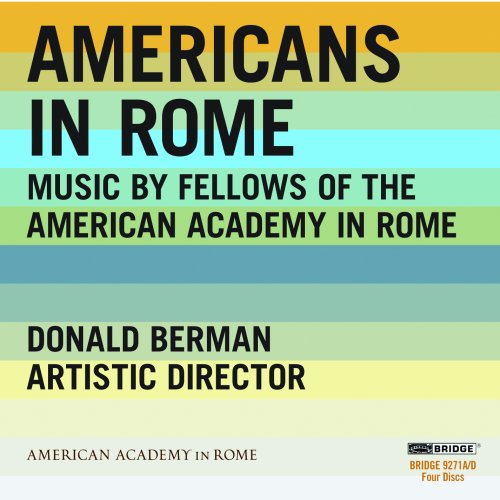
Americans in Rome
(Robert Beaser, Samuel Barber, Randall Thompson, Charles Naginski, Vittorio Giannini, Roger Sessions and Elliott Carter)
2002
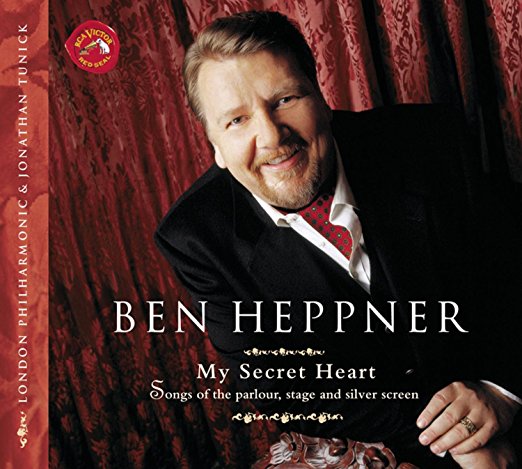
My Secret Heart
(Vittorio Giannini, Charles Gilbert Spross and Abraham Wood)
1999
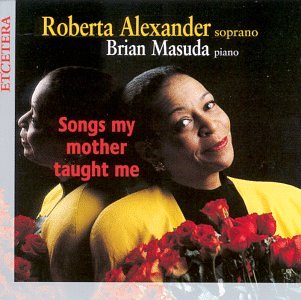
Songs My Mother Taught Me
(Vittorio Giannini, Richard Hageman, John Jacob Niles, Oscar Rasbach, Charles Gilbert Spross and Randall Thompson)
1998
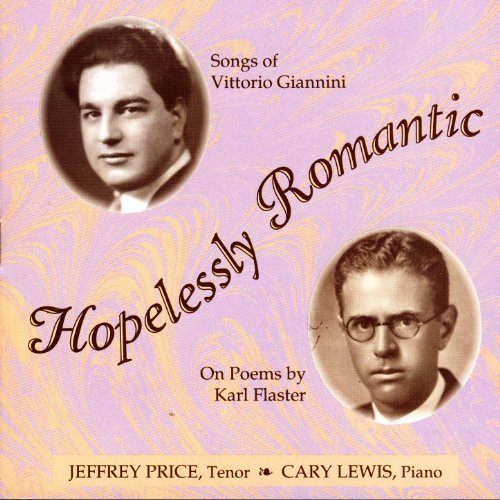
Hopelessly Romantic
(Karl West Flaster and Vittorio Giannini)
1991
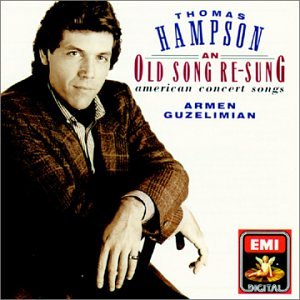
An Old Song Re-Sung: American Concert Songs
(Walter Damrosch, John Woods Duke, Stephen Foster, Vittorio Giannini, Charles Griffes, John Jacob Niles and Oley Speaks)
1990
Books
Sheet Music
IMSLP: Vittorio Giannini Sheet Music
Find via IMSLPTell Me Oh Blue, Blue Sky!
Composer(s): Vittorio Giannini
Song(s): Tell Me Oh Blue, Blue Sky!
Voice Type: High/Medium
Buy via Sheet Music Plus

